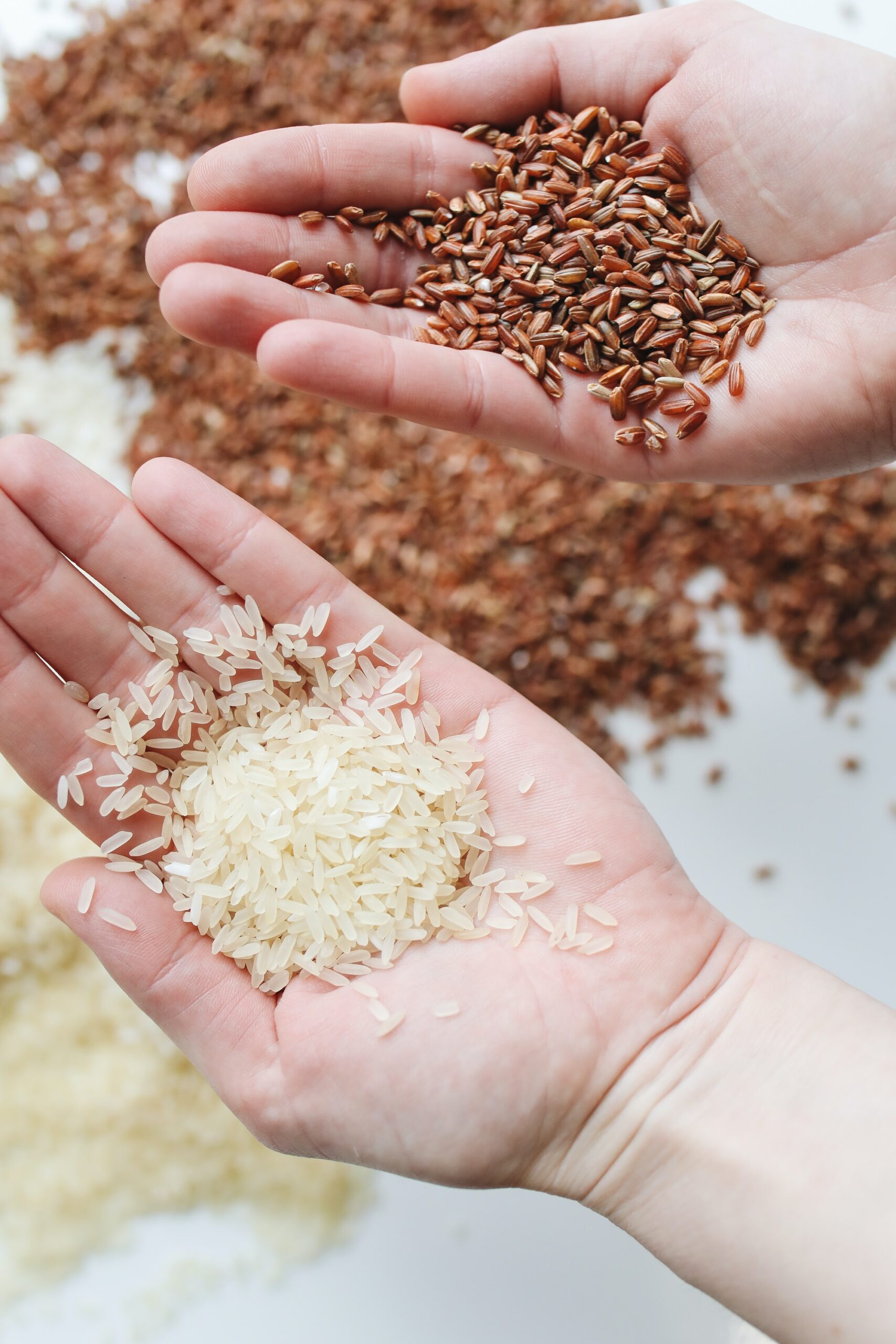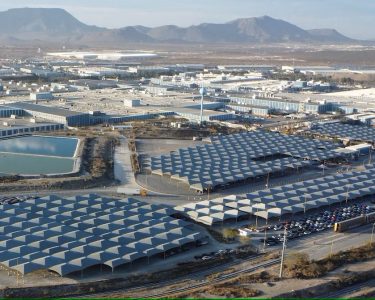
By Sifiso Sibandze
With Eswatini being a net importer of rice, emaSwati will contend with relatively high rice prices this year compared to the previous, Agricultural Business Chamber (Agbiz) Chief Economist Wandile Sihlobo has observed.
In a telephonic interview with the Eswatini Financial Times, Sihlobo said Eswatini together with other countries that are dependent on South Africa for food imports are going to grapple with the imminent souring of rice prices.
Sihlobo said the increase in rice prices in South Africa and other net importers had been triggered by a worldwide surge of prices, highlighting that it presents an upside risk to consumer price inflation. In Sihlobo’s view, South Africa will experience elevated rice prices, and that will automatically affect countries including Eswatini which are heavily dependent on the republic for imports.
“Eswatini will be equally affected as South Africa because it imports a sizeable quantity of the cereal from us,” Sihlobo said.
Sihlobo said this year started with a notable increase in prices from different origins.
Eswatini imports rice primarily from South Africa valued at E273.7 million (US$16.1 million), India valued at E60.35 million (U$3.55 million), Taipei valued at E18.53 million (US$1.09 million), Thailand valued at E15.24 million (US$897,000), and Pakistan at the value of E2.8 million (US$163,000).
After mealie- meal, rice is one of the most popular grains consumed almost daily by emaSwati households. Statistics from the World Trade Organisation (WTO) indicate that in 2020, Eswatini imported E372.3 million worth of (US$21.9 million) rice, becoming the 120th largest importer of rice in the world. In the same year, rice was the 9th most imported product in Eswatini.
Regarding global supply, Sihlobo said the outlook was slightly downbeat compared to the previous year. He attributed this to an expected decline in the harvest volumes in India, Vietnam, the US, Pakistan, China, Bangladesh, the Philippines and Brazil.
“The unfavourable conditions and the reduction in planted area is the main driver behind the decline. Notably, due to solid consumption levels and the expected decline in production, the global rice stocks are forecast at 168 million tonnes, which went down by 6.0 per cent from the previous season,” he said.
The Chief Economist said these production dynamics were supportive of the rice prices. “In Thailand, Pakistan and Vietnam, rice prices are already trading at over E7 650 (US$450) per tonne. These are the highest levels in nearly two years. The price trend is unlikely to change in the medium term as the supplies will remain reasonably tight this year,” he said.
Another push factor in the rising rice imports is that India, the largest exporter of this grain restricted shipments after receiving below-average monsoon rainfall. India’s decision meant importers of rice from India had to pay more money to purchase the same quantities and that cost will automatically be borne by consumers.




